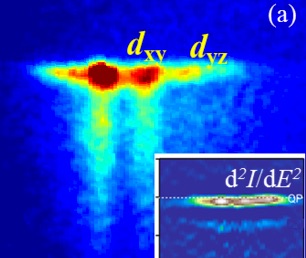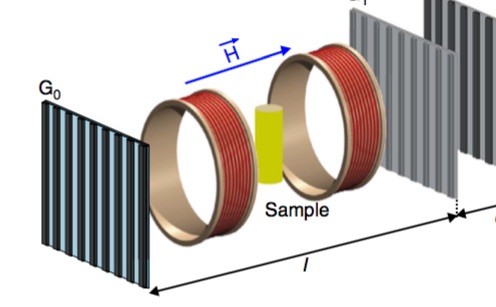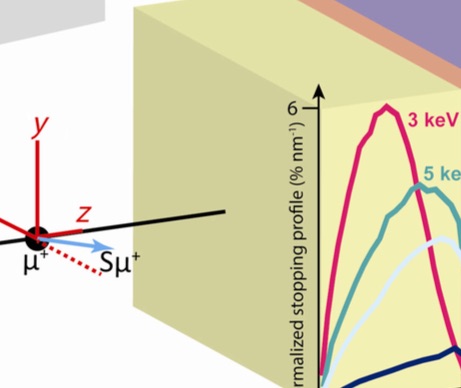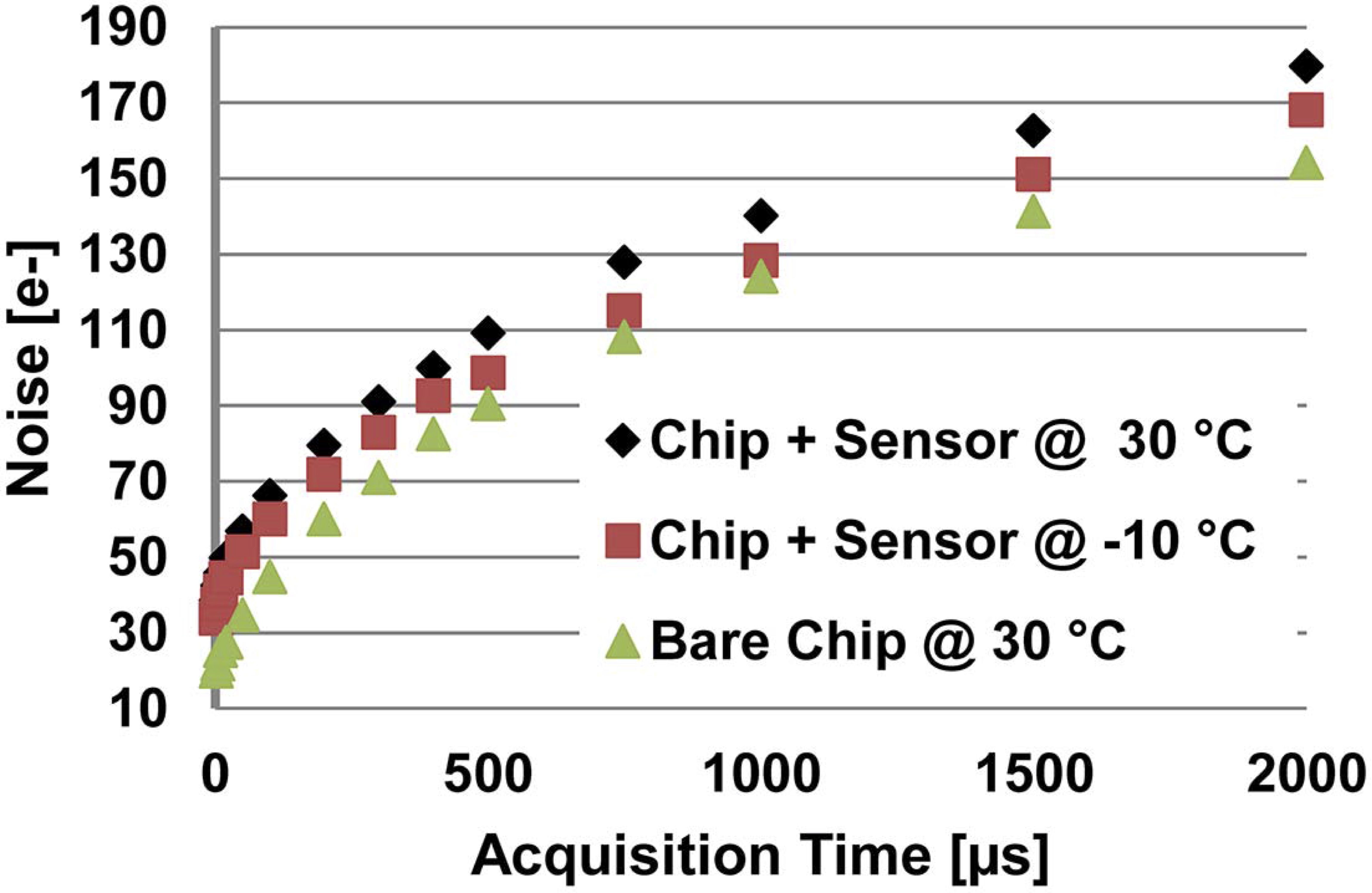 Rafael Abela Dear colleagues
X-ray free electron lasers have become in the last years routinely available for researchers worldwide - a dream has finally come true 50 years after the invention of the optical laser and 40 years after the first theoretical work on FELs. In contrast to optical lasers, free electron lasers employ relativistic electron beams to amplify light, and the FEL concept works for the entire spectral range from the far infrared (IR) to hard X-rays, generating coherent, ultra-short pulses with extremely high peak power. FELs are bold examples of disruptive technologies: revolutionary instruments that expand the scope of what can be achieved in a field of science.
The high potential of the new X-ray FEL sources for science and innovation released funding for the development and construction of a number of national facilities in the US, Europe and Asia. Currently, a suite of complementary FEL user facilities is in operation in Europe (CLIO, FELBE, FELIX, FERMI, FLASH) and under construction (European XFEL, SwissFEL). Further projects are in the planning stage (MAX IV, POLFEL). All European FEL activities are now joining forces under the name FELs of Europe....
Read the full text below !
|
|
|
Next calls for proposals
SLS: PX-beamlines
deadline: April 15, 2016
SLS: non-PX beamlines
deadline: September 15, 2016
more information
SINQ
deadline: May 15, 2016
more information
SµS
deadline: June 2016
more information
An overview about all proposal submission deadlines of the PSI facilities can be obtained here.
|
|
|
|
|
Polaronic metal state at the LaAlO3/SrTiO3 interface
 SLS - Explaining the 'puzzling drop' SLS - Explaining the 'puzzling drop'
Interplay of spin, charge, orbital and lattice degrees of freedom in oxide heterostructures results in a plethora of their fascinating properties, which can be exploited in new generations of electronic devices whose functionality would combine field effect, superconductivity, ferromagnetism, etc. A research team led by scientists from the SLS has discovered a polaronic nature of electron transport at the paradigm interface of two oxides LaAlO3 and SrTiO. The researchers used soft-X-ray angle-resolved photoelectron spectroscopy the ADRESS beamline, presently the worldwide highest brilliance source of soft X-rays, to penetrate through the LaAlO3 overlayer and resonantly accentuate the response of the charge carriers at the buried interface. The experimental results ...
Read the full abstract
|
|
Visualizing the morphology of vortex lattice domains in a bulk type-II superconductor
 SINQ - A look into superconductors SINQ - A look into superconductors
Alike materials in the solid state, the phase diagram of type-II superconductors exhibit crystalline, amorphous, liquid and spatially inhomogeneous phases. The multitude of different phases of vortex matter has thence proven to act as almost ideal model system for the study of both the underlying properties of superconductivity but also of general phenomena such as domain nucleation and morphology. Here we show how neutron grating interferometry yields detailed information on the vortex lattice and its domain structure in the intermediate mixed state of a type-II niobium superconductor....
Read the full abstract
|
|
Intrinsic paramagnetic Meissner effect due to s-wave odd-frequency superconductivity
 SμS - Local enhancement of magnetic fields in Gold SμS - Local enhancement of magnetic fields in Gold
In 1933, Meissner and Ochsenfeld reported the expulsion of magnetic flux—the diamagnetic Meissner effect—from the interior of superconducting lead. This discovery was crucial in formulating the Bardeen-Cooper-Schrieffer (BCS) theory of superconductivity. In exotic superconducting systems BCS theory does not strictly apply. A classical example is a superconductor-magnet hybrid system where magnetic ordering breaks time-reversal symmetry of the superconducting condensate and results in the stabilization of an odd-frequency superconducting state....
Read the full abstract
|
|
Towards hybrid pixel detectors for energy-dispersive or soft X-ray photon science
 SwissFEL - New detector prototype SwissFEL - New detector prototype
JUNGFRAU (adJUstiNg Gain detector FoR the SwissFEL Aramis User station) is a two dimensional hybrid pixel detector for photon science applications at free electron lasers and synchrotron light sources. The JUNGFRAU 0.4 prototype presented here is specifically geared towards low-noise performance and hence soft X-ray detection. With an extremely low noise of less than 30 electrons it enters a field formally reserved for SSD’s and CMOS imagers allowing single photon resolution down to a photon energy of 500eV.
Read the full abstract
|
|
SLS: new option to continue proposals
SLS
A new proposal status feature called "Continuation" has been implemented at SLS. It is applicable if the project described in your proposal is a direct continuation of a previous proposal, which has been accepted within the last three cycles. The continuation function for a proposal is available to the Main-Proposer and Principal-Investigator only. The main text of the proposal is identical to the previously submitted proposal, including the list of proposers and publications list, and you can only modify the sample declaration and number of requested shifts. In addition, a brief explanation of maximum 200 words must be provided to justify the request for a continuation.
The proposal will then also be evaluated by the Proposal Review Committee. In case the previous proposal already received beamtime and the experiment has been carried out, an experimental report must be provided. After acceptance of the continuation, it is not possible to request a further continuation of the same proposal via this proposal type and a new proposal must be submitted.
The new feature has been implemented for SLS cycle II-16 for the first time. Following this the resubmission option for a proposal at SLS has been abolished.
|
|
SINQ: commissioning of the new ZEBRA diffractometer
SINQ
A new single-crystal neutron diffractometer ZEBRA is under construction at the Swiss Neutron Source SINQ. The new instrument is designed for diffraction experiments on small single-crystal samples of novel materials and for studies of magnetic order under extreme conditions in temperature, magnetic field and pressure. The new diffractometer will have two setups - with one- and two- dimensional detectors unit and with an analyzer in front of a one- dimensional detector unit.
The commissioning of the first setup is planned for June 2016, of the second setup - in spring 2017. For further information please contact the instrument responsible.
|
|
SμS: high demand for beam time
SμS
In 2015 the SμS users submitted a very large number of new proposals. At the two submission deadlines in June and December 82 new proposals were submitted for GPS, 28 for both GPD and LTF, 27 for LEM and 21 for both DOLLY and HAL-9500. This sums up to a total of 207 new proposals.
In 2016 LEM will participate in both calls for proposals such that the users might use two occasions to submit their proposals to the SμS Low-Energy-Muon facility.
|
|
SwissFEL: installation progress of the LINAC
SwissFEL
he installation of the linear accelerator (LINAC) progresses very well. At the beginning of February, the last girder of the so-called “LINAC 1” was installed in the SwissFEL tunnel. The entire C-band accelerator consists out of LINAC 1, LINAC 2, and LINAC 3, and a total amount of 104 accelerating structures. Meanwhile, 38 accelerating structures are installed in the SwissFEL tunnel. The assembly work on the remaining LINAC modules will take place until the end of September 2016. By then it is planned to finish the installation of all LINAC modules in the SwissFEL tunnel.
Furthermore, on the 25th of January, the first "completed" undulator has been transported to its final position in the SwissFEL tunnel. The 1064 permanent magnets of this undulator where shimmed to the sub-micrometer level and the magnetic profile has been carefully measured for the full gap range. Twelve of such undulators will be installed until October 2016! Read more
|
|
 Rafael Abela
X-ray free electron lasers have become in the last years routinely available for researchers worldwide - a dream has finally come true 50 years after the invention of the optical laser and 40 years after the first theoretical work on FELs. In contrast to optical lasers, free electron lasers employ relativistic electron beams to amplify light, and the FEL concept works for the entire spectral range from the far infrared (IR) to hard X-rays, generating coherent, ultra-short pulses with extremely high peak power. FELs are bold examples of disruptive technologies: revolutionary instruments that expand the scope of what can be achieved in a field of science.
The high potential of the new X-ray FEL sources for science and innovation released funding for the development and construction of a number of national facilities in the US, Europe and Asia. Currently, a suite of complementary FEL user facilities is in operation in Europe (CLIO, FELBE, FELIX, FERMI, FLASH) and under construction (European XFEL, SwissFEL). Further projects are in the planning stage (MAX IV, POLFEL). All European FEL activities are now joining forces under the name FELs of Europe.
The SwissFEL project is well under way. The installation of the injector part is being completed and the first commissioning steps should start in June of this year. In a complex parallel installation plan, LINAC components, undulatory and optical elements delivering light to the future experimental stations are being installed with the aim to deliver first electron beam through the accelerator by December of this year. It will take time and effort by many groups from PSI including many research divisions (GFA, LOG, NUM, SYN, BIO) to achieve the first lasing and early science during 2017.
As part of the “construction wave “ of SwissFEL the interaction and networking between scientific groups at the institute have been strengthened continuously. New science opportunities that will be open by SwissFEL have to be seen in the frame of the great potentials of PSI with the many scientific and technological “platforms” and facilities existing, an asset that very few places in Europe hold.
The months ahead of us will be intense and complex until the first FEL light is “on target”. Already now the SwissFEL management wants to express his thanks to all the persons and groups across the institute, that are making the realization of the project in the Würenlinger forest possible with enthusiasm and dedication.
With my very best wishes,
Rafael Abela,
Head of Photonics and Research, SwissFEL, PSI
|
|
JUSAP - The Joint Users Association
 Sarah Dunsiger The development of an e-learning platform for neutron scattering and muon spin spectroscopy has been announced by the e-neutrons.org project team. The courses contain a varied selection of interactive learning material including:
- a “WIKIbook” built on Mediawiki used as the main source of textbook material;
- a Learning Management System (LMS) built on Moodle, providing exercises, quizzes and evaluation;
- a web simulator for the McStas neutron instrument simulation program, allowing users to perform virtual neutron scattering experiments on predefined instruments.
The platform has been developed with support from NMI3-II (EU-FP7) and the learning material will continue to be expanded in connection with SINE2020 (EU-H2020). Those interested in accessing the e-learning portal are encouraged to go to visit the e-neutrons website and to choose “Get an account”.
The 9th ESUO annual meeting was held at the European Synchrotron Radiation Facility (ESRF) on March 9-10, 2016. Representation within ESUO is now extended to Free Electron Laser (FEL) users. The ESUO has been invited to contribute to the Photon Science Strategy Panel (PSSP), initiated by DESY. Such an initiative has been established with the aim of defining the “European Photon Science Roadmap”. In this context, European Light Sources will be asked to answer a questionnaire. The ESUO would also welcome its members to contribute by completing the questionnaire and sending feedback by 10th April 2016. Thank you very much in advance for your answers, which will be used to tailor the future of photon science in Europe.
With best wishes from the JUSAP committee members,
Sarah Dunsiger (JUSAP committee chair)
|
|
Erice School on Neutron Science and Instrumentation: Designing and Building a Neutron Instrument
April 1-9, 2016, Erice, Sicily, Italy
Les Houches-TSRC Workshop on Protein Dynamics
April 3-8, 2016, Les Houches, France
Macromolecular Crystallography School 2016: From Data Processing to Structure Refinement and Beyond
April 3-12, 2016, Sao Carlos, Brazil
European User Offices Meeting
April 5-6, 2016, Hamburg, Germany
ICSM2016: 5th International Conference on Superconductivity and Magnetism
April 24-30, 2016, Fethiye, Turkey
CETS2016: 10th Central European Training School on Neutron Techniques
May 2-6, 2016, Budapest, Hungary
2016 E-MRS Spring Meeting and Exhibit
May 2-6, 2016, Lille, France
Future Applications of Small-Small Angle Scattering to Soft Matter
May 5, 2016, Swindon, Wiltshire, UK
8th MaMaSELF Status Meeting
May 10-13, 2016, Rigi Kulm, Switzerland
Trends in Free Electron Laser Physics
May 17-23, 2016, Erice, Sicily, Italy
6th Meeting on X-ray and Other Techniques in Investigations of the Objects of Cultural Heritage
May 19-21, 2016, Krakow, Poland
Advanced Methods in X-ray Powder Diffraction
May 23-27, 2016, Newton Square, PA, USA
|
SENS2016: Sustainable Energies and Neutron Scattering
May 30 - June 1, 2016, Bordeaux, France
EPDIC15: 15th European Powder Diffraction Conference
June 12-15, 2016, Bari, Italy
13th European Summer School on "Scattering Methods Applied to Soft Condensed Matter"
June 20-27, 2016, Bombannes, France
DSL2016: 12th International Conference on Diffusion in Solids and Liquids
June 26-30, 2016, Split, Croatia
NIST Summer School on Methods and Applications of Small Angle Neutron Scattering and Neutron Reflectometry
June 27- July 1, 2016, Gaithersburg, MD, USA
VUVX2016: 39th International conference on Vacuum Ultraviolet and X-ray Physics
July 3-8, 2016, Zurich, Switzerland
SXNS14: Annual International Conference on Surface X-ray and Neutron Scattering
July 10-14, 2016, Long Island, NY, USA
ACNS 2016: 8th American Conference on Neutron Scattering
July 10-14, 2016, Long Beach, CA, USA
MLZ Conference on 'Neutrons for Energy'
July 18-21, 2016, Bad Reichenhall, Germany
ECM-30: European Crystallographic Meeting
August 28 - September 1, 2016, Basel, Switzerland
Science@FELs 2016
September 5-7, 2016, Trieste, Italy
|
|
|
|